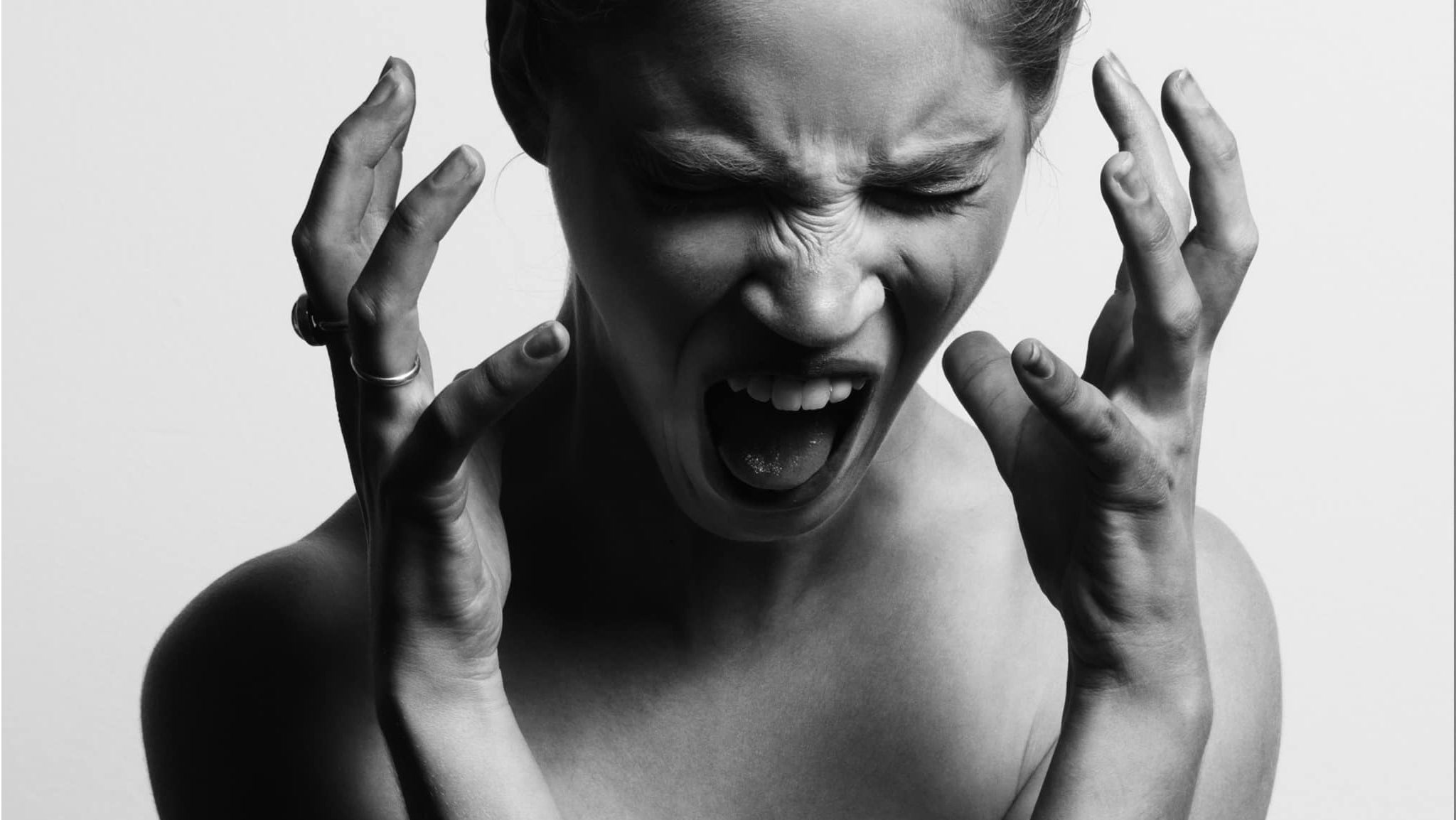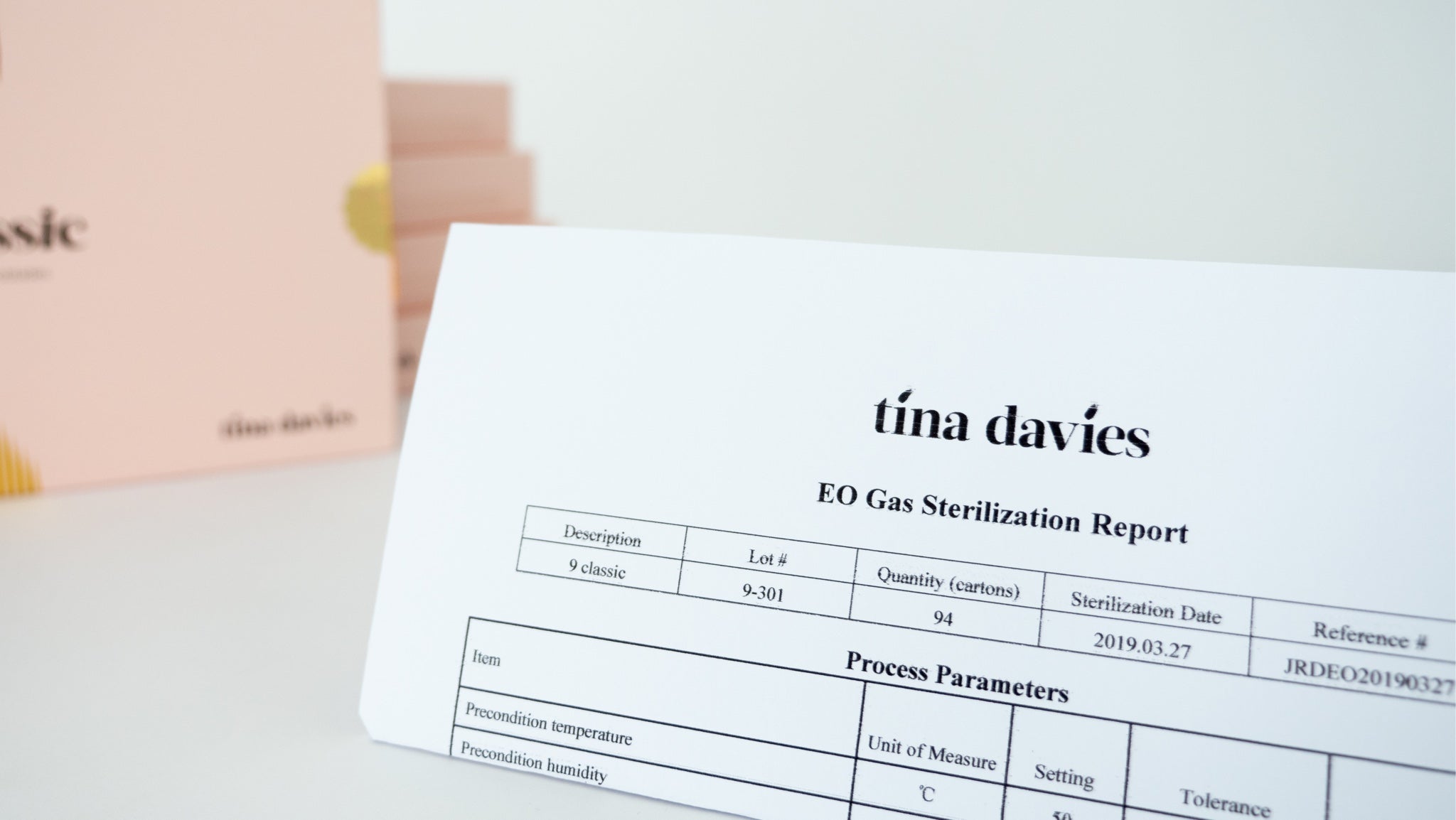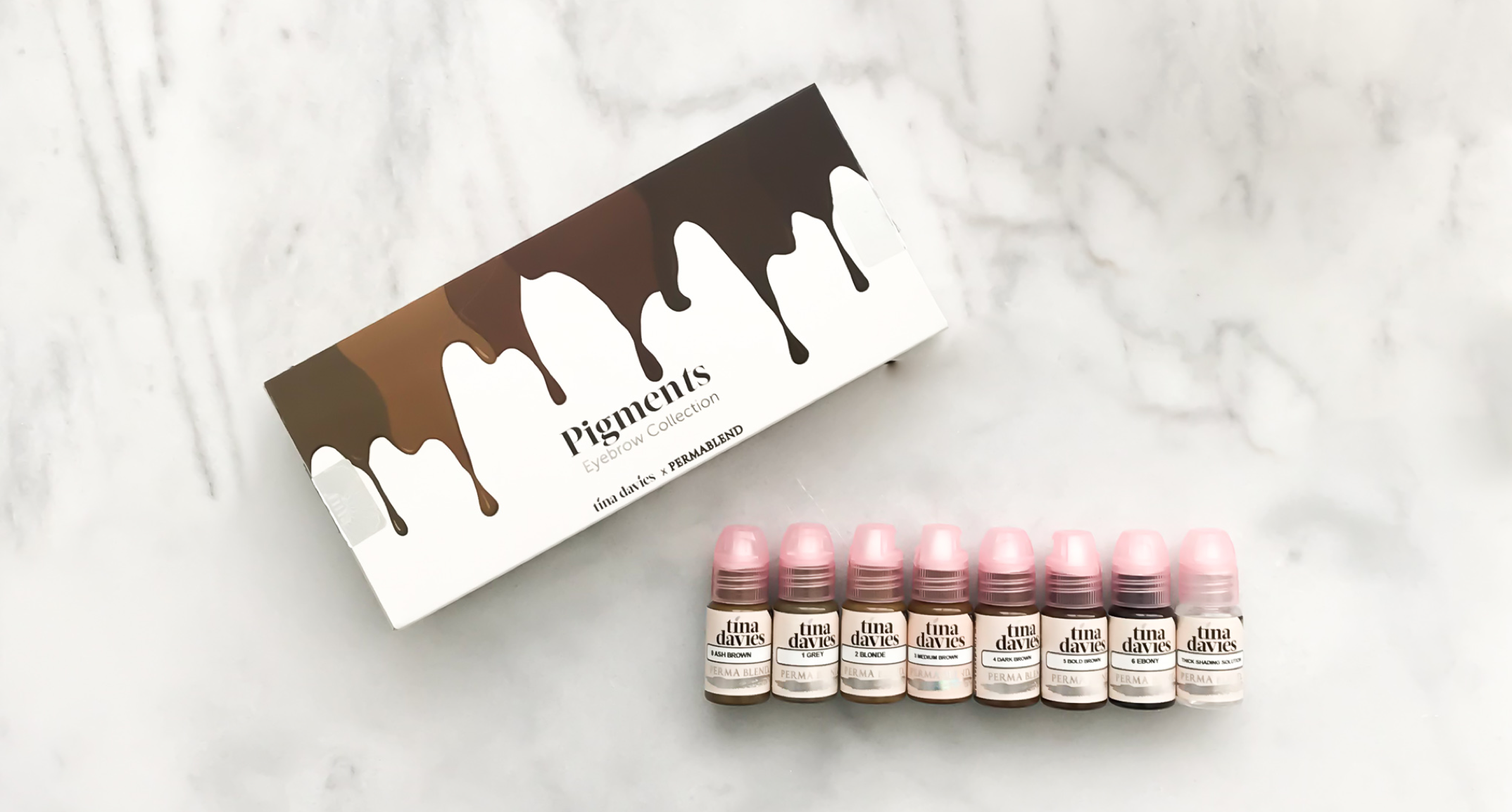
PMU is a career, not a class
In this blog post, I’d like to discuss what I have witnessed over the past few years with the explosion of the microblading craze that was brought on by social media and the 2-day beginner training business model that started in Europe and has now become PMU industry’s black eye.
Five years ago, artists were busy doing machine hair strokes that were all the rage but would heal to blurry strokes, never staying or healing crisp like the way they were implanted. This is due to the nature of the technique-reciprocating needle action tracing over the same thin line creating a blowout in thin facial skin. Think “mini-earthquake” in the dermis.
Now comes microblading- according to social media, it looks easy to learn like drawing on eyebrows! Just paint and go. No reciprocating needle trauma, no vibration, only slicing, resulting in clean, crisp strokes. Certification in 1-2 days. BUT, and this is the big BUT here: pigments are only semi-permanent and technicians skill is low due to rampant unqualified training. Improper pressure, patterns, placement is everywhere and certificates are handed out left and right from irresponsible trainers looking to cash in.
These techs are let loose, microblading anyone they can get their hands and quickly discovering their results are poor they need much more education and training. Dreams of success and instant business are deflated. People quickly discover that they must change method/technique and perhaps take more 2-day training then try to learn on their own once they get home with zero supervision and guidance.
Since Microblading artists start to realize they are extremely challenged, they turn to machine powder brows because it’s all the rage and will provide more coverage but less realism. Now, new skills, tools, and techniques must be mastered, but at least they know about the skin a bit more and making solid eyebrows is less of a struggle than placing perfect hair strokes. Also with better pigments such as Permablend, their work is finally staying and most techs are finally getting over the steep learning curve after the initial 1-2year struggle in the dark of trolling forums and jumping from one 2-day class to another.
People are transitioning and learning more. But at the end of the day, I will tell you this one truth: you need hundreds if not thousands of hours of practice and experience of any skill set to truly understand it.
You will need a lot of time in the skin across a multitude of simple and complicated cases to know what to do WITH UTMOST CONFIDENCE. Learning and applying a variety of skills and tools will allow you to conquer any design and skin challenge that will come your way whether it be virgin skin, alopecia, cover-up work, color correction, mature skin, sensitive skin, dense design, hair strokes design, ombré design, thin eyelids, droopy eyelids, blue lips, brown lips, cleft palate, scar tissue.
You will want to become familiar with all the modalities to become a well-rounded artist and truly thrive in your art and business to a point that you’ll never advertise a day in your life as your work, portfolio, professionalism, and expertise will speak for itself. So hone that skill and find the best mentors because the road to mastery is long and with the right guidance, you’ll spare your clients and yourself a lot of heartache and mistakes.
There is no technique, no needle, no speed that is superior, ideal or better. There is only what is better suited to carry out the desired design challenge based on the client’s skin, coupled with your skillset and tools. Great work can be achieved regardless of the tools/methods once you have honed your skills. Learning never stops and improvement is always around the corner.
Aim to become a well-rounded artist that is open-minded and to acquire, dabble, and master all skills related to his/her craft and if you hone that skill and practice one thing over and over again, you will be able to execute it flawlessly regardless if you use a $3000 machine, a microblade, or an even handle-held sewing needle. A needle deposits color in the dermis and that creates a tattoo. The rest is your artwork and skill. Trends come and go and everything always comes full circle so don’t jump on the next bandwagon and think the answers are on YouTube/forums/internet. Don’t chase certificates. The answers are in THE PRACTICE and THE WORK when you get home and put in the hours.
I'm sorry this post is so long but it’s long overdue. People are so confused and frustrated. I hope it speaks to you.
Remember, we are in this for the marathon, not the race.
Let your art flow,
Tina




2 comments
I needed to read this today. I was so angry with the “school” I went to and actually wrote them a harsh letter about the atrocious training and lack of follow up. There were so many important things I learned on my own that were not mentioned (e.g. do not cross microblade lines).
It’s very irresponsible in my opinion to “train” for 2 days and let someone run around with blades and ink. I knew before I went, there’s no way, 2 days would be enough. I “trained” myself for months before attending the course and have continued to train myself everyday for a minimum of 2hrs a day. I feel that you can never stop learning/improving.
There needs to me some sort of regulation in this industry. Too many people are out there slicing and dicing without caring about the people there working on. Cheap materials, poor technique, minimal training/practice…..
Unfortunately, it’s fast/easy cash for most and not about the art or helping people feel good about themselves. I’ll stop now. I’m too new to the industry to be making so much noise.
Minni
That post is what all artists need to hear and what they have to follow.👍
Tina I believe in your profession also I need to tell you your products are the best 💝
Fadia
Leave a comment
This site is protected by hCaptcha and the hCaptcha Privacy Policy and Terms of Service apply.